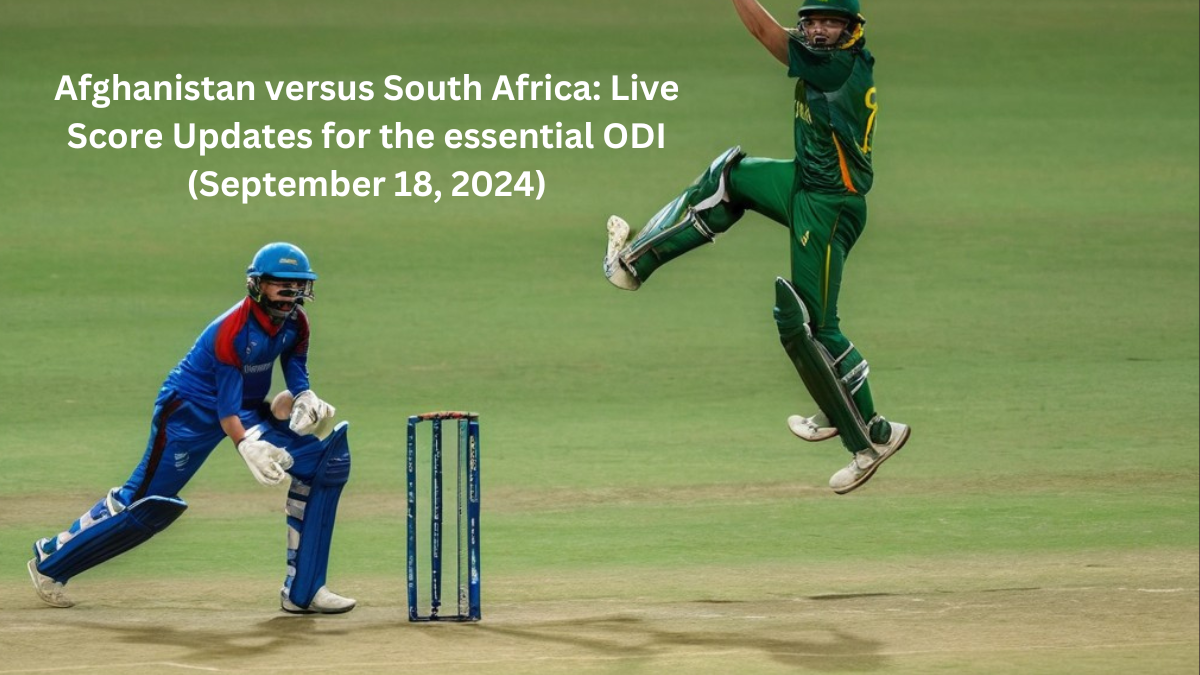Introduction
The disappearance of Malaysia Airlines Flight MH370 on March 8, 2014, remains one of the greatest mysteries in aviation history. The Boeing 777-200ER, carrying 239 passengers and crew, vanished from radar screens while en route from Kuala Lumpur to Beijing. Despite extensive search efforts and numerous investigations, the plane’s final resting place has never been conclusively determined. In the years since the disappearance, technology and crowdsourcing have played a significant role in the search for MH370, with Google Maps emerging as a key tool for both experts and amateur sleuths. This article delves into the ongoing efforts to locate MH370 using Google Maps and explores how this technology has impacted the search MH370 Malaysia Airlines.
The Enigma of MH370’s Disappearance (MH370 Malaysia Airlines)
The disappearance of MH370 has baffled experts and the general public alike. Initial investigations suggested that the plane had deviated from its planned flight path, heading southward over the Indian Ocean before likely running out of fuel and crashing. However, without definitive evidence, theories surrounding the flight’s fate range from mechanical failure to hijacking, and even more outlandish conspiracies.
Despite numerous search operations, including the Australian-led search in the southern Indian Ocean, only a few pieces of debris confirmed to be from MH370 have been recovered. This lack of evidence has fueled speculation and continued interest in the case, leading many to turn to digital tools like Google Maps to search for clues.
The Role of Google Maps in the Search for MH370 (MH370 Malaysia Airlines)
Google Maps, with its detailed satellite imagery and global reach, has become an unexpected ally in the search for MH370. Since the plane’s disappearance, countless individuals have scoured the platform’s images, hoping to find any trace of the missing aircraft. These efforts have been part of a larger crowdsourcing initiative, where people from all over the world contribute their time and resources to analyze satellite data in the hope of solving the mystery.
One of the reasons Google Maps has become so integral to the search is its accessibility. Anyone with an internet connection can explore the platform’s images, which are regularly updated with new data. This has enabled a global community of searchers to participate in the hunt for MH370, often identifying potential leads that might have been overlooked by official search teams.
Significant Discoveries and False Alarms (MH370 Malaysia Airlines)
Over the years, Google Maps users have made several discoveries that sparked hope of finding MH370. In 2014, just months after the plane’s disappearance, reports surfaced of a possible plane wreckage spotted on Google Maps near the coast of the Andaman Islands. However, upon closer inspection, these findings were determined to be unrelated to MH370.
Similarly, in 2018, a Google Maps user claimed to have found an image of the plane in a Cambodian jungle. This discovery led to an on-the-ground search operation, which ultimately yielded no results. While these instances have often led to disappointment, they also highlight the potential of crowdsourced efforts in identifying areas of interest that might warrant further investigation.
Despite the challenges, these false alarms have kept the public’s interest alive and have contributed to ongoing discussions about the possible location of MH370. Each new claim brings renewed attention to the search, ensuring that the case remains in the public consciousness.
The Impact of Technology on Modern Search Efforts (MH370 Malaysia Airlines)
The use of Google Maps in the search for MH370 is just one example of how technology is transforming search and rescue operations. In the past, such efforts relied heavily on physical searches conducted by experts using limited resources. Today, digital tools like satellite imagery, data analytics, and machine learning are revolutionizing the way searches are conducted.
Google Maps, in particular, offers a unique advantage by allowing for real-time, global collaboration. The platform’s vast database of images can be analyzed by thousands of people simultaneously, increasing the chances of finding something significant. Additionally, the ability to zoom in on specific areas and examine them in detail has enabled searchers to focus their efforts more effectively.
The case of MH370 has also inspired the development of specialized search tools and platforms. For instance, in 2015, the company Tomnod launched a crowdsourcing campaign that allowed users to analyze satellite images in the search for MH370. The campaign attracted millions of participants and demonstrated the power of collective effort in tackling complex problems.
The Future of the MH370 Search (MH370 Malaysia Airlines)
As the search for MH370 continues, the role of Google Maps and other digital tools will likely remain crucial. With advances in technology, the potential for discovering new clues increases. Machine learning algorithms, for example, could be used to analyze satellite images more efficiently, identifying patterns and anomalies that might be indicative of wreckage.
Moreover, as satellite technology improves, the resolution and quality of images available on platforms like Google Maps will only get better. This will enable searchers to examine areas that were previously inaccessible or difficult to analyze, potentially uncovering new evidence.
While the search for MH370 has been marked by frustration and uncertainty, the ongoing efforts demonstrate the resilience and determination of those involved. Whether through official search operations or crowdsourced initiatives, the quest to find MH370 continues, driven by the hope of bringing closure to the families of the missing passengers and crew.
Conclusion (MH370 Malaysia Airlines)
The disappearance of Malaysia Airlines Flight MH370 remains one of the most perplexing mysteries of our time. Despite the passage of years, the search for the missing plane continues, fueled by advancements in technology and the collective efforts of people around the world. Google Maps has played a significant role in this search, offering a platform for both experts and amateurs to explore and analyze satellite imagery in the hope of finding answers.
As technology continues to evolve, so too will the methods used in the search for MH370. Whether the plane is ever found remains uncertain, but the determination to solve this mystery endures. Through the combined efforts of technology and human ingenuity, there is still hope that the fate of MH370 will one day be uncovered.



